
cd_nom
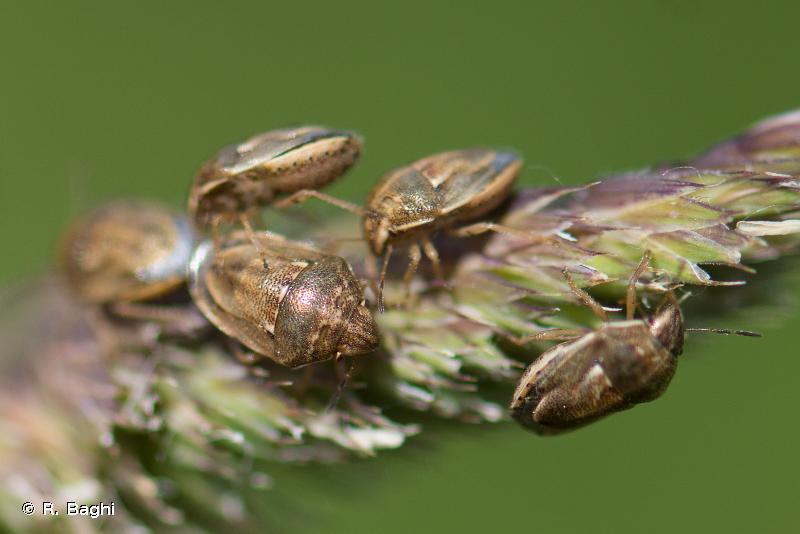
| Author : R. Baghi |
 |
Despite the Creative Commons license, please inform the author of the use which will be made of his photo
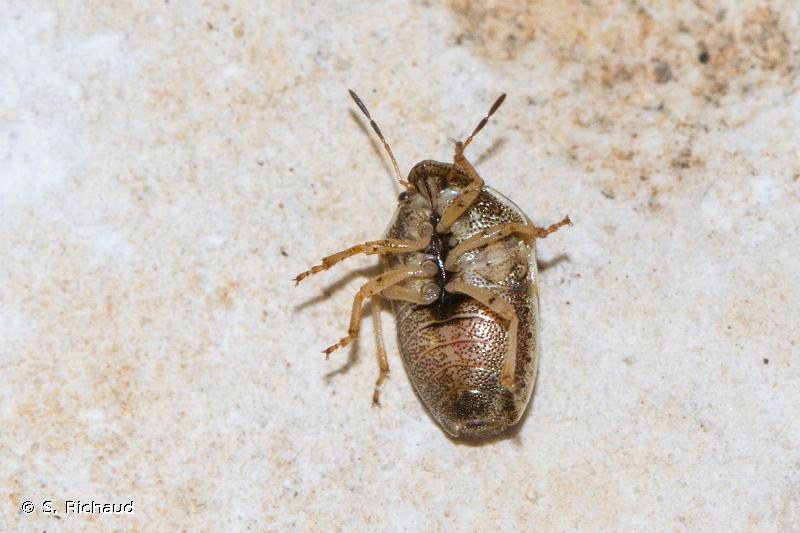
| Author : S. Richaud |
 |
To get the picture, please visit:
Sonia Richaud
email : inpn@mnhn.fr
Despite the Creative Commons license, please inform the author of the use which will be made of his photo

| Author : R. Poncet |
 |
To get the picture, please visit:
Rémy Poncet<br>Muséum national d'Histoire naturelle - PatriNat<br>36 rue Geoffroy Saint-Hilaire CP 41<br>75 231 PARIS CEDEX 05<br>e-mail : inpn@mnhn.fr
Despite the Creative Commons license, please inform the author of the use which will be made of his photo
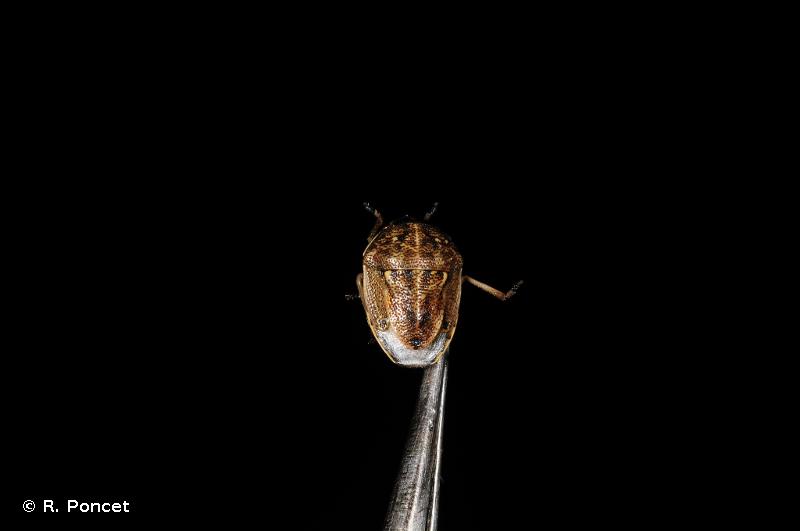
| Author : R. Poncet |
 |
To get the picture, please visit:
Rémy Poncet<br>Muséum national d'Histoire naturelle - PatriNat<br>36 rue Geoffroy Saint-Hilaire CP 41<br>75 231 PARIS CEDEX 05<br>e-mail : inpn@mnhn.fr
Despite the Creative Commons license, please inform the author of the use which will be made of his photo
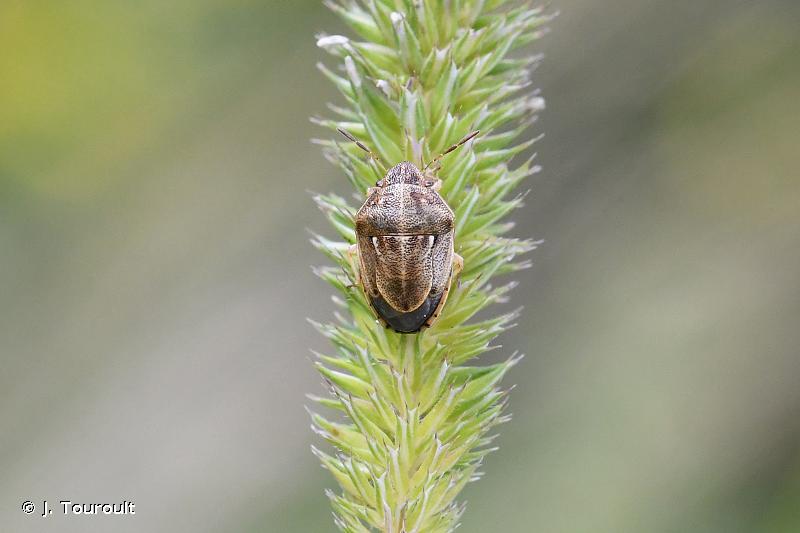
| Author : J. Touroult |
 |
To get the picture, please visit:
Julien Touroult
UMS PatriNat (OFB - CNRS - MNHN)
CP41, 36 rue Geoffroy Saint-Hilaire, 75005 Paris
Legend: Haute-Garonne.
Despite the Creative Commons license, please inform the author of the use which will be made of his photo
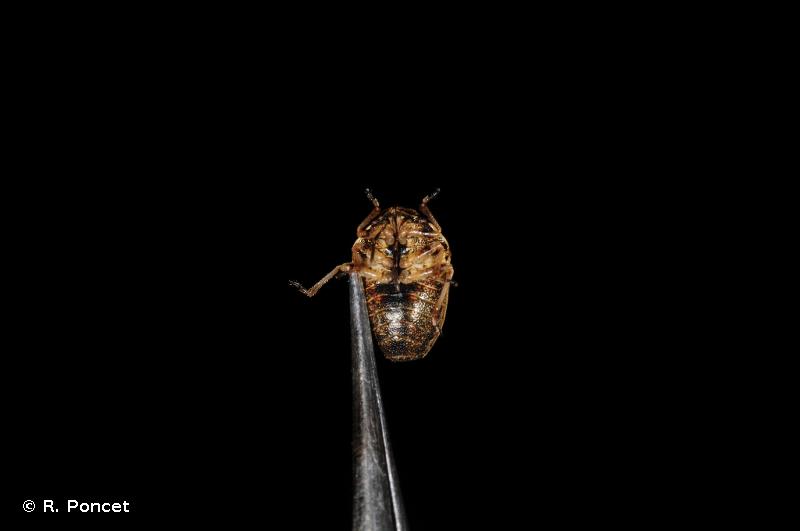
| Author : R. Poncet |
 |
To get the picture, please visit:
Rémy Poncet<br>Muséum national d'Histoire naturelle - PatriNat<br>36 rue Geoffroy Saint-Hilaire CP 41<br>75 231 PARIS CEDEX 05<br>e-mail : inpn@mnhn.fr
Despite the Creative Commons license, please inform the author of the use which will be made of his photo
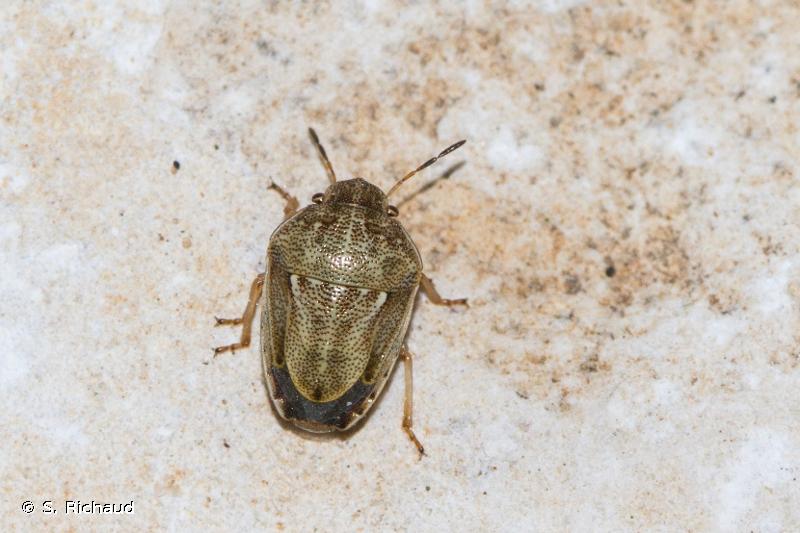
| Author : S. Richaud |
 |
To get the picture, please visit:
Sonia Richaud
email : inpn@mnhn.fr
Despite the Creative Commons license, please inform the author of the use which will be made of his photo
Taille : 5 – 6,5 mm
Diagnose :
Petite punaise entièrement jaunâtre à la tête aussi longue que large recourbée en avant. Antennes dont l'article II dépasse l'apex du clypéus (nez). Une fine ligne longitudinale centrale plus claire traverse le pronotum et s'étend sur le scutellum, mais n'est pas ceinturée de noir. Scutellum élargi qui dépasse la longueur des cories (partie sclérifiée des ailes antérieures). Les angles antérieurs du scutellum sont soulignés de lignes blanches allongées moins longues que le tiers de la longueur du scutellum.
Détermination : Simple.
Espèces proches :
Elle se distingue des autres Neottiglossa par son scutellum élargi dépassant l'apex des cories. Avec Neottiglossa bifida, elle fait partie des espèces de Neottiglossa « claires », avec les parties latéro-ventrales de l'abdomen et la ponctuation de l'exocorie jaunâtres, et le ventre dépourvu de tache noir-bronzé et le connexivum largement clair.
Période d'observation :
Mai à septembre, mais principalement en août.
Biologie-éthologie :
Vit uniquement sur différentes graminées dont les pâturins, fétuques, agrostides.
Biogéographie et écologie :
Espèce eurosibérienne absente en Grande-Bretagne, qui remonte jusqu'à 53° de latitude nord en Pologne et en Russie. Elle s'étend jusqu'en Chine et en Corée vers l'est. Elle est absente dans les parties les plus chaudes de l'aire méditerranéenne. Son aire de répartition recouvre une partie de celle de N. bifida. La fréquence relative de ces 2 espèces en zone méditerranéenne est un bon marqueur climatique. Dans les milieux herbeux riches en graminées, secs ou humides, mais exceptionnellement dans les prairies cultivées. C'est une espèce très commune avec des densités localement élevées, parmi les épis et graines de graminées.
Roland Lupoli (),2020
Continental
Metropolitan France
Overseas
Marine
Metropolitan France
Overseas
The map presents a summary at the 10 x 10 km grid of the observation data for the species transmitted to the SINP. These data have been subjected to validation filters.
The map presents a reference distribution layer of the species at the scale of departments and marine sectors. The presence and absence data were established by expertise within a network of partners. This reference distribution is used in the validation process of the SINP data at the INPN level.
Corresponds to a report on the basis of at least one observation proved within a period of 10 years (20 years for little-known invertebrates) preceding the year and no presumption of extinction since obtaining the last data nor doubt on reproductive and implemented nature of this population. For migratory species, the presence indicated concerns areas of reproduction.
This status is based on one or more of the following criteria:
This point covers the absence, more difficult by nature to demonstrate than presence. This status is based on one or more of the following criteria:
This status must be assigned to a department in which the presence of the species is casual.
Particular case of absence due to a proven extinction less than a half century ago (older disappearances are treated as "no probable or definite").
In the state of knowledge, we can not comment on the presence or absence in the current department. This is the default status when not comprised in one of the previous categories or whenever there is doubt.
The map shows the global distribution of the species based on GBIF data (Global Biodiversity Information Facility).
